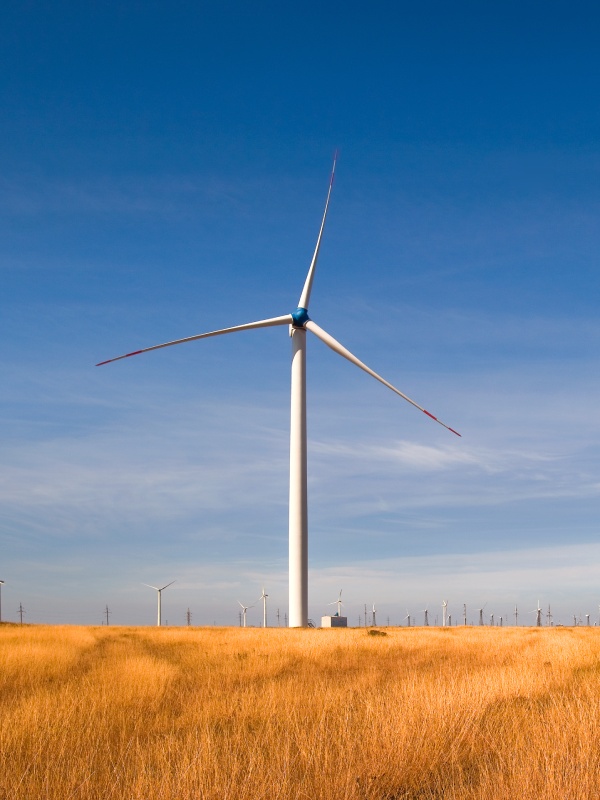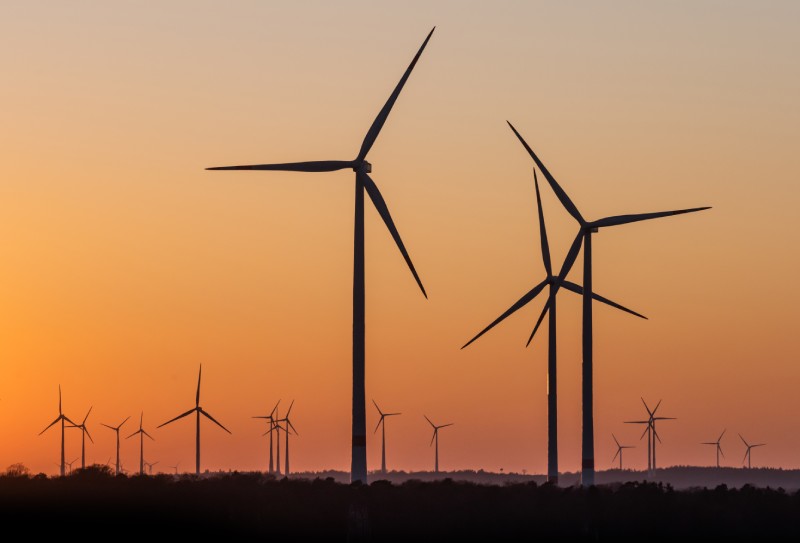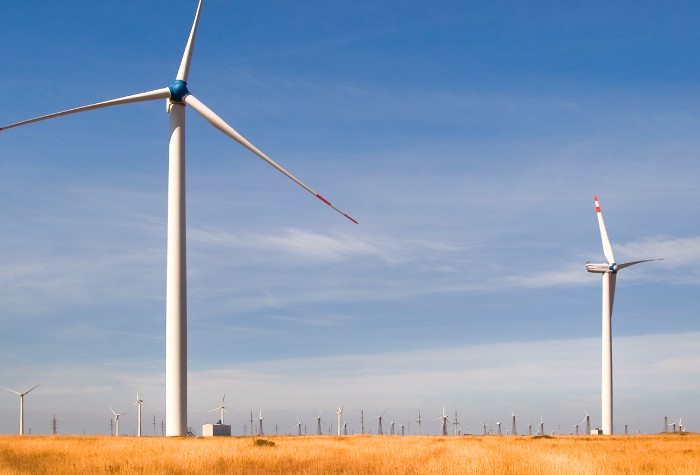Onshore wind power: a renewable energy source with huge potential
Onshore wind power ranks among the most promising technologies for increasing the share of renewables in the energy mix to 40%, the target set for 2030. However, its potential remains largely untapped. Wind power, combined with increased electrification, could deliver one-quarter of the reduction in annual CO2 emissions needed to achieve carbon neutrality by 2050. At Nexans, we are supporting the growth of this sector through our involvement in a variety of onshore wind power projects worldwide.
Challenges facing the onshore wind turbine industry
Onshore wind power has the lowest Levelized Cost of Energy (LCOE), an indicator used to compare the cost of different energies. Further, wind is an inexhaustible natural resource, and one of the most widely available and stable sources of renewable energy. Wind power is therefore one of the preferred solutions in the transition to clean energy.
In 2022, the onshore and offshore wind power sector increased its output by 14%, primarily from onshore technology. According to IEA forecasts, the sector will need to grow by 17% a year to achieve carbon neutrality by 2050.
In 2022, total installed wind power capacity was around 906 GW worldwide, of which 202.7 GW in Europe. To provide a clearer idea, 10 GW is sufficient to supply around 6 million homes, so the projected capacity could potentially meet the needs of 543.6 million homes. According to Wind Europe forecasts, capacity in the EU should reach 320 GW by 2030, of which 254 GW onshore.
In 2023, new capacity additions in the global onshore wind sector were projected to increase by 70%, corresponding to output of 107 GW (source: IEA). Despite this significant increase, capacity remains insufficient.
The challenge is therefore to rapidly increase wind power capacity, particularly onshore, to satisfy exponential growth in electricity demand. This will involve:
- Increasing the production capacity of existing onshore wind farms through modernization and expansion.
- Creating new onshore wind farms.
- Assessing the environmental impact of these various projects.
Nexans is able to support players in the onshore wind industry in meeting these challenges. We stand apart for our ability to manage complex onshore wind farm projects, delivering cutting-edge expertise with our export and array cables and the associated services,.




